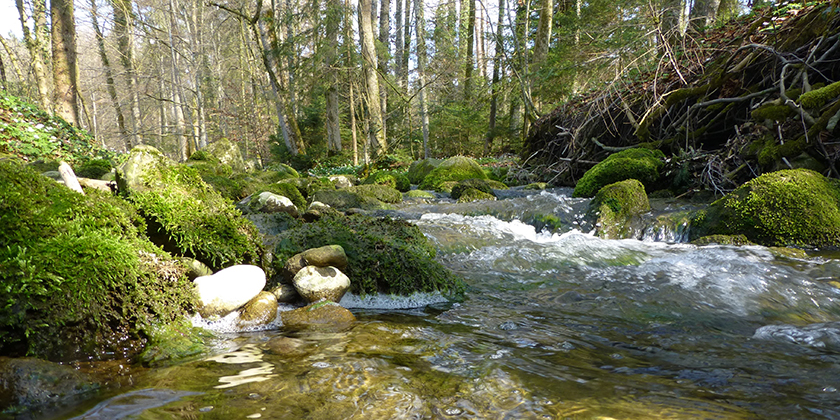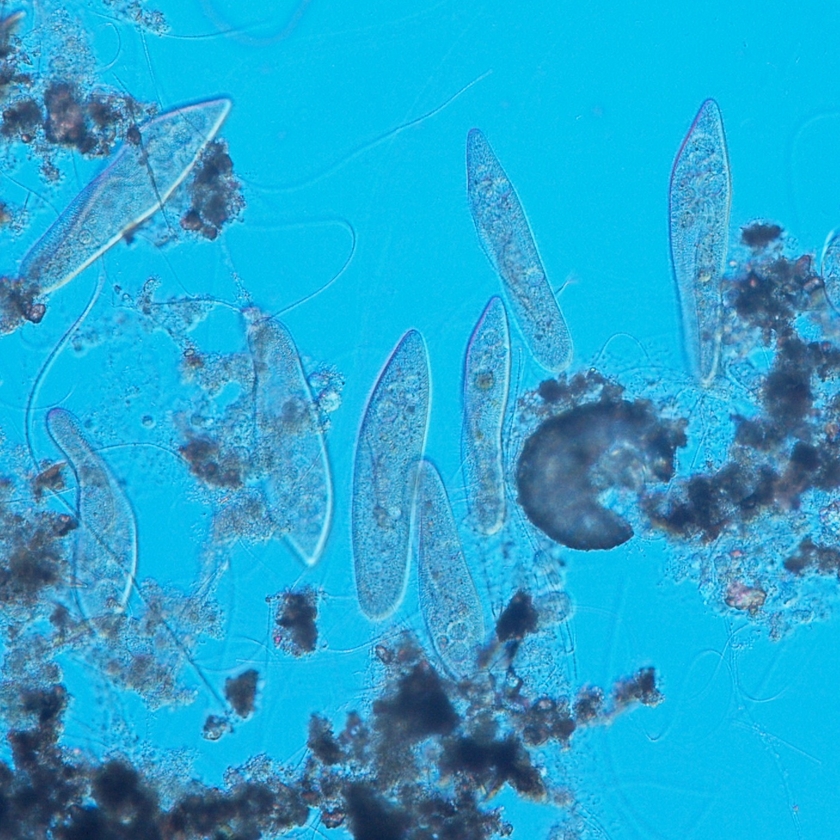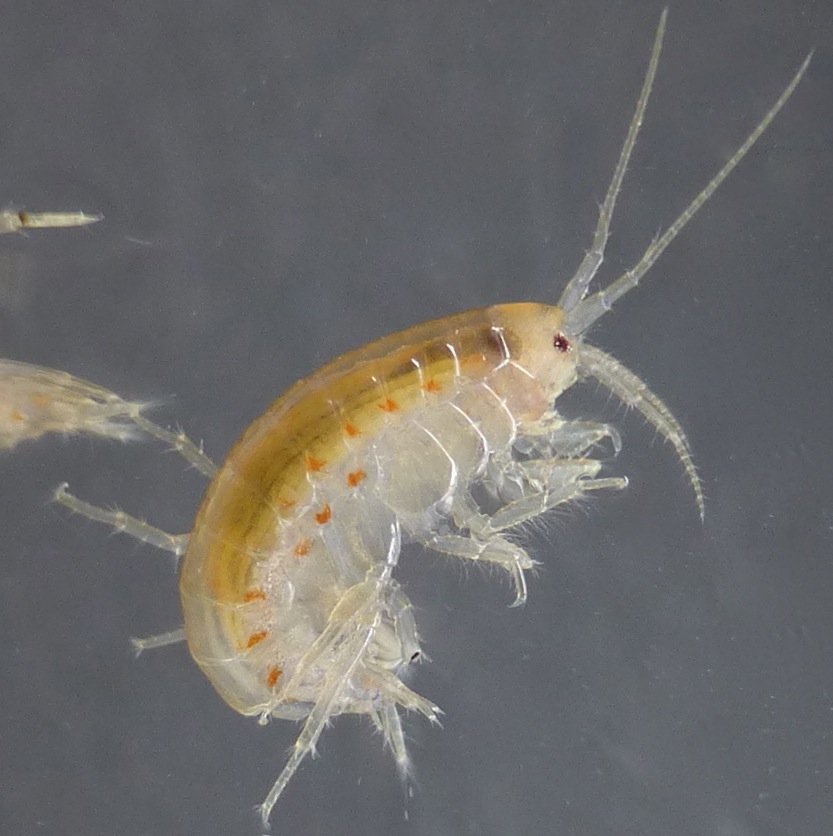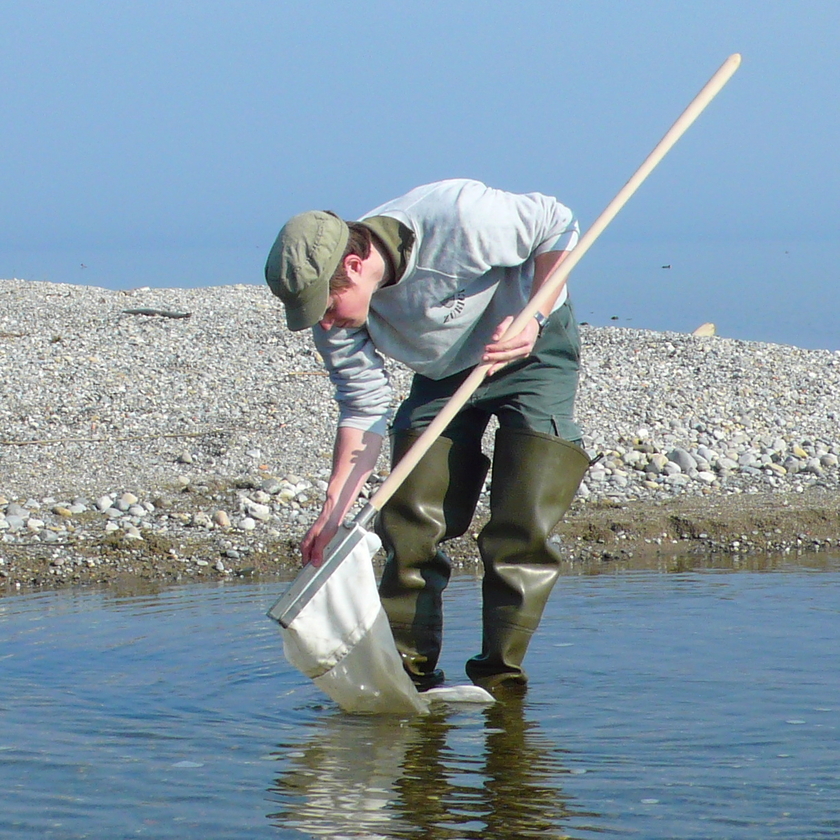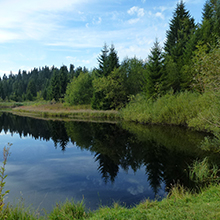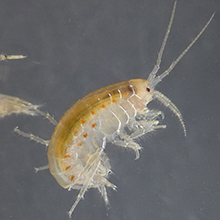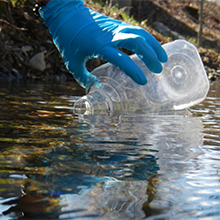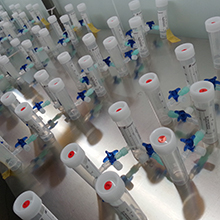Department Aquatic Ecology
Spatial Dynamics
We are part of the Institute of Evolutionary Biology and Environmental Studies at University of Zürich (UZH). Our group is hosted by Eawag in Dübendorf, where our offices and labs are based.
With our work we want to understand how species occur in space and time, how they interact, and how processes such as species invasions, dispersal or climate change affect natural communities. Metapopulation, metacommunity and meta-ecosystems theory provide a conceptual framework for our research. We use both an experimental and a comparative approach, and integrate them with theoretical models. Depending on the question, we use a variety of study systems, ranging from protists (microcosm-experiments), to aquatic invertebrates (field studies with amphipods, planktonic crustaceans, and freshwater insects), and Lepidoptera. Currently, we are especially interested how dispersal in dendritic networks affects community diversity and ecosystem processes.
Research Focus
- We study dispersal, the spread of invasive species and biodiversity patterns in dendritic landscapes.
- We study dispersal dynamics in metapopulations, meta-communities and meta-ecosystems, using a combination of mathematical models, protist microcosm experiments and comparative field
- We are analyzing large-scale biodiversity patterns in riverine ecosystems and are identifying the driving processes behind them.
- We develop and use oenvironmental DNA (eDNA) technologies to monitor macroinvertebrates in rivers.
- We study plant-insect interactions, with a focus on novel trophic interactions of Lepidoptera and their host plants.
For further information about our research please contact our site at University of Zurich or the Altermatt lab homepage.
Current Projects
Team
Current Publications
. Scientific Data, 12, 1164 (23 pp.). doi:10.1038/s41597-025-05487-7, Institutional Repository

